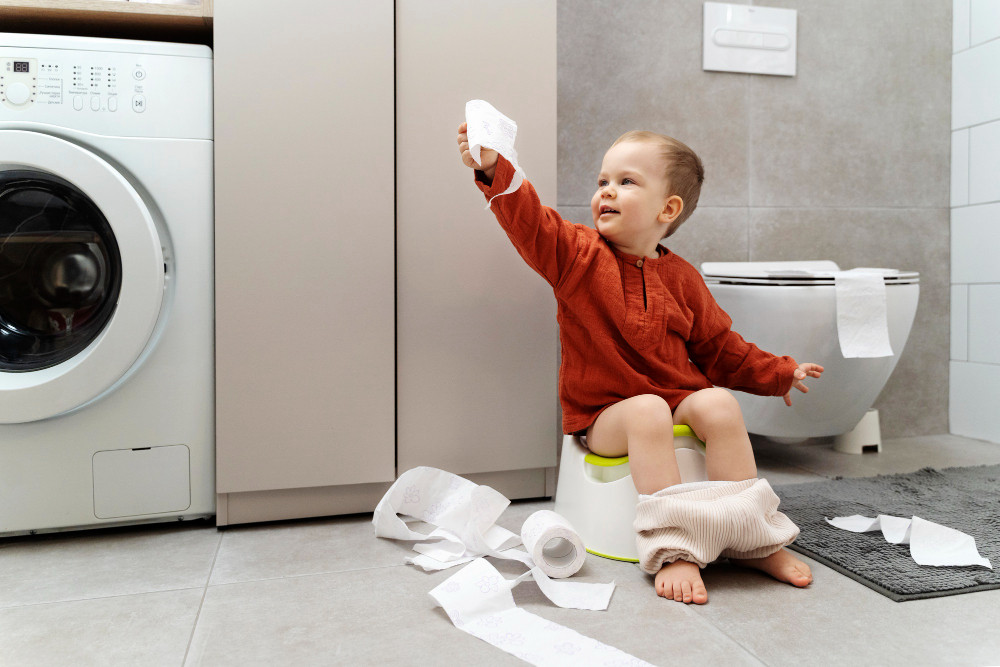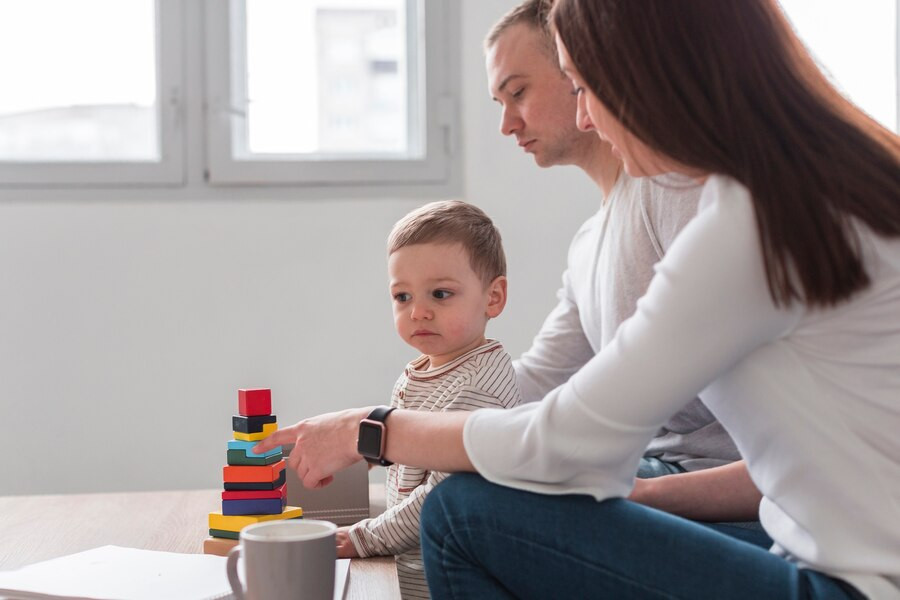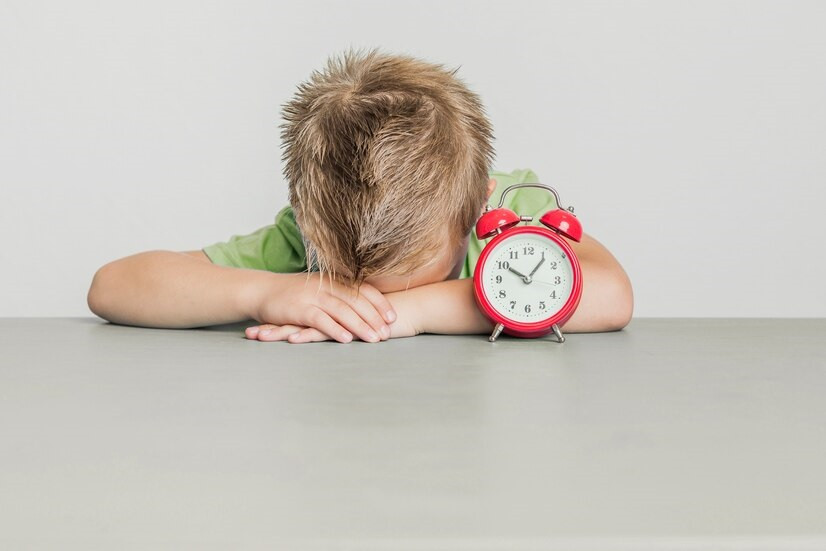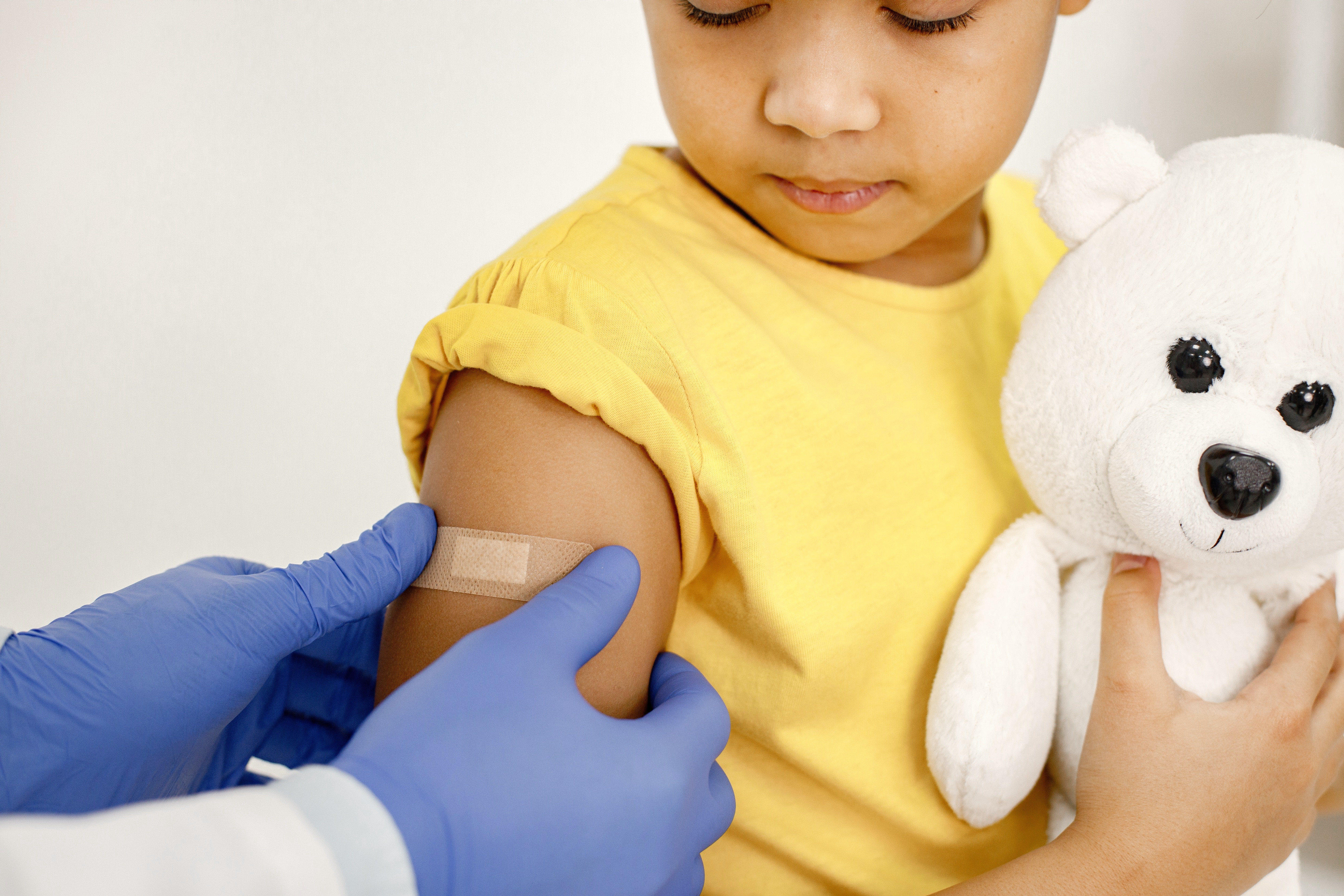Toilet training is the period during which your child learns to urinate independently, like an adult. It's a developmental milestone that fosters children's independence. So, when is the right time to begin toilet training your little one?
Signs that your child is ready For Toilet Training
There is no specific age at which children must begin learning to urinate independently. Typically, parents start toilet training their children when they are between 18 months and 3 years old. However, every child's physical and emotional development varies, so age alone isn't the primary indicator.
Some children may become proficient in using the toilet independently at a later age, around 5 years old, and this is completely normal. As parents, the key is to continue supporting and guiding children until they achieve independence.
In toilet training, it's crucial for parents to recognize their child's readiness and response to learning. Initiating toilet training too early can lead to frustration and hinder progress. Conversely, delaying toilet training can affect a child's confidence and impede their independence.
Children's readiness varies, but parents can start toilet training when their little one shows the following signs:
Demonstrate curiosity and self-reliance
A child's readiness for toilet training may be evident in their eagerness to learn how to urinate independently. For instance, they may demonstrate curiosity about sitting correctly on the toilet and how to clean themselves after urinating. If these signs are present, it may be time to initiate toilet training for your child.
Consistent bowel movement routine
Another indication of a child's readiness for toilet training is when they promptly go to the bathroom when they need to urinate or have a bowel movement. Sometimes, children will verbally express their need to use the bathroom. This demonstrates that your child comprehends the process of urination and defecation.
Understand simple instructions
Children's readiness in toilet training can also be demonstrated by children's understanding of instructions when cleaning themselves in the toilet. Other signs that appear include your little one being able to sit for a long time for around 2–5 minutes without fidgeting, being able to take off his own diapers and trousers, and not liking to wear dirty diapers.
Diapers dry longer
If you change your little one's diaper less often at the age of 18–20 months, this indicates that his bladder capacity is increasing and the child's ability to control the urge to defecate is also increasing. Another way you can observe this is if he takes a nap with a dry diaper for 2 hours; this could be a sign of your child's readiness for toilet training.
If children show the signs above, you can start training them to use the toilet independently. But if not, there is no need to rush to train toilet-trained children. Understand that every child has different physical and mental readiness, so you don't need to worry if children his age have passed toilet training while your little one hasn't.
The amount of time required for toilet training also varies. What parents need to do is continue to guide their children with patience and love.
If you need medical advice or consultation, you can either visit a doctor or make use of the consultation features that are available in the Ai Care application by downloading the Ai Care application from the App Store or Play Store.
Looking for more information about pregnancy, breastfeeding, and the health of women and children? Click here!
- dr. Monica Salim
Fitzgerald, L. (2023). 10 Signs Your Toddler Is Ready to Potty Train. Available from: https://www.verywellfamily.com/signs-your-toddler-is-ready-to-potty-train-290259
Frost, A. (2022). Signs your toddler is ready to potty train Available from: https://www.babycenter.com/toddler/potty-training/potty-training-readiness-checklist_4384
Geddes, K. (2022). 9 Signs Your Toddler Is Ready to Be Potty Trained. Available from: https://www.whattoexpect.com/toddler/potty-training/signs-of-readiness.aspx











